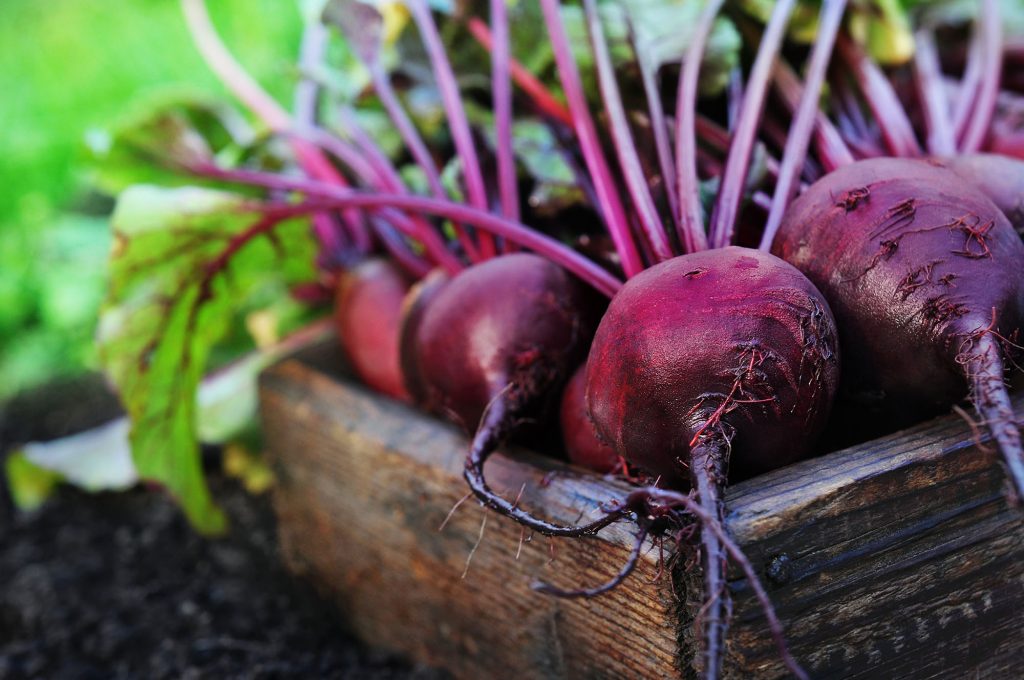Recipe by Dr. Sarah Lantz
Makes a 2-litre brew
Kvass has a long, rich history stemming from the eastern European countries and made an appearance in Poland, Ukraine and Russia back as early as the tenth century. Commonly drunk among peasants who worked on the fields, kvass eventually spread to the Szlachta, the Polish nobility. Its drawcard at the time was that it was considered safer to drink than water. According to Lubow Kylvska, author of Ukrainian Dishes, no traditional Ukrainian home was without its bottle of beet kvass, “handy and ready when a pleasing, sour flavour had to be added to soups and vinaigrettes.”
To drink beet kvass is to taste the blood of the earth “ sweet and salty with a mineral-rich undertone that speaks of the soil itself. Beet kvass is an acquired taste, much like other fermented foods whose characteristic sourness can offend tame palates.
In spite of, or perhaps because of its briny, earthy flavour, we love beet kvass. This tonic carries with it all the benefits of beets, marrying them with the benefits of microbially rich fermented foods for a deeply cleansing tonic. Rich in betacyanin’s, the pigments responsible for their rosy characteristic hue, beets possess a strong antioxidant capacity, which may be why they seem to help mitigate inflammation in the body. The fermentation process also enhances the already strong nutritional profile of raw beets, increasing levels of food enzymes and B vitamins, particularly folate, as well as inoculating the tonic with beneficial bacteria.
Ingredients
- ½ kg beets (peeled and cut into ½ -inch cubes)
- 2 teaspoons unrefined sea salt
- 2 litres water
- ½ cup whey or sauerkraut juice (optional)
Method
- Wash the beets and leave the skin on. Chop beets in to chunks and place into fermentation crock or glass jar.
- Whisk water and sea salt until salt is well-dissolved. Cover the beets with this salty brine until the crock is full within one inch of its lip and the beets are submerged. Add whey or sauerkraut juice.
- Allow the kvass to ferment at room temperature for at least one week before straining and serving, but taste as you go and trust your palate.
- Reserve the beets and one cup of beet kvass to prepare kvass up to two more times. Add additional salt and water to taste.
- You can serve the fermented beets as a side-dish or in salads. Kvass can also be blended into a tonic and taken as a shot. Store in the refrigerator.
Article by:
Dr Sarah Lantz (PhD)
Buchi Brew Co. & Sacred Women’s Way
Learn more about Dr Sarah Lantz here.


